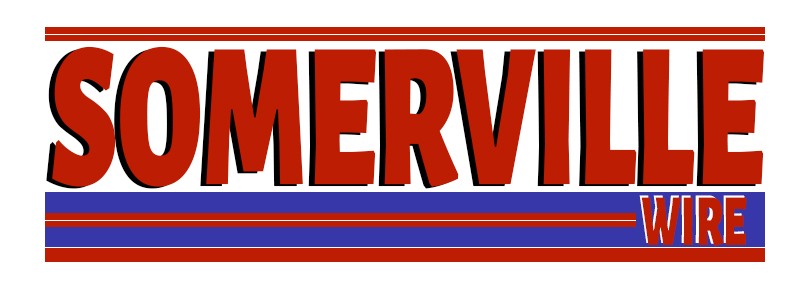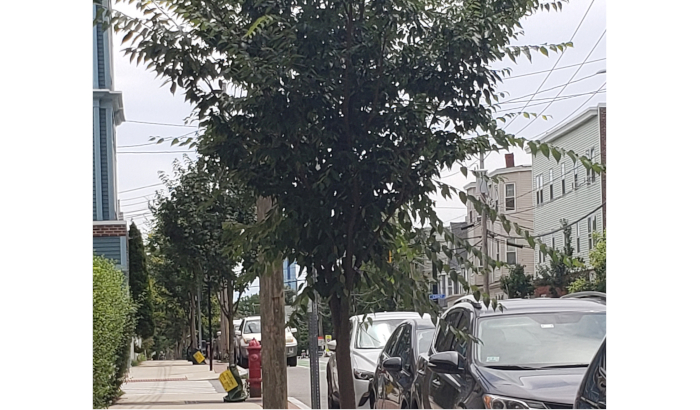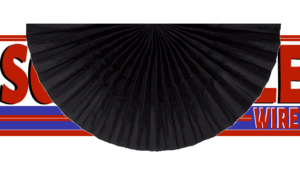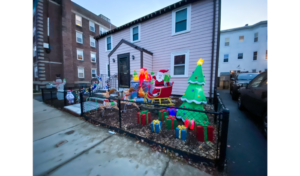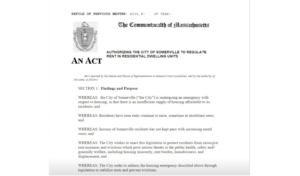Residents encouraged to water and protect saplings during drought
(Somerville Wire) – Have you ever thought about becoming a tree parent?
Urban trees typically suffer from inadequate water and nutrient availability, small growing spaces, poor soil quality, and various harmful human behaviors. Our public trees, especially our young ones, need the community to help raise and protect them.
“We can definitely use help from residents, especially during drought periods, to help our trees do better,” said Vanessa Boukili, the City’s senior urban forestry and landscape planner.
Somerville has approximately 14,000 trees growing on its streets and other public spaces. The City’s tree-planting contractors are required to make sure that all trees up to about two years old are watered every week during the growing season, spring through fall.
But the City has not been able to provide additional watering during the current drought, due to “limited staff and contractor capacity,” Boukili said.
For the past three years, the city’s Urban Forestry Committee has been running an Adopt a Tree program, where residents are encouraged to become a caregiver to a sapling.
“The focus of the Adopt a Tree Program is on the most recently planted trees,” Boukili explained. “You can adopt any tree, but we focus our outreach on the youngest trees, which are most sensitive to drought conditions.”
Every spring, the City puts tags on the trees that were planted in the previous year. The tag has a QR code and a website where you can sign up to adopt it. You’ll be added to an email list and receive information about how you can help the tree. You also get to name the tree, if you’d like, and even receive an adoption certificate.
As a tree parent, you commit to nurturing the tree by watering it, removing weeds and trash from the tree wells, and if you notice any signs of trouble, contacting the City so they can try to fix it.
Over 300 trees were planted last year, and as of this week there were only 130 adoptions, and some of those were for the same tree, Boukili said.
“Multiple people can sign up to adopt the same tree. A tree can’t receive too much love,” she said. “So extra water, even if two or three different people are watering the same tree, it’s not gonna be a problem. The more the better, especially in a drought.”
Even when there isn’t a drought, “young trees need a lot of water. It’s really the most important thing to help a young tree survive,” Boukili said.
The Adopt a Tree Program focuses on the youngest trees because they’re the most vulnerable, but during a drought, all trees can be affected.
“The older a tree gets, the more established its root system becomes, and it can take care of itself. It becomes harder for the tree to keep up with its needs during drought periods, but most of them will survive. There can be decreases in a tree’s growth rates, and you might see some impact of the drought on the leaves, they might become wilted, or they can get brown on the edges, or even the whole leaf can turn brown,” Boukili explained.
She recommends saturating the soil. “Having a slow drip on a hose or using a bucket with holes in it can be helpful. And also, our soil is really compacted generally, street tree soil, so doing things that can help loosen up the soil can help the water really get in there. That can be as simple as just adding some mulch to the top of the tree well. We do add mulch when we plant the trees, but for trees that are older, they might need a little refresher.”
Maintenance of trees in city-run parks is shared between the Urban Forestry Division and the Department of Public Works Grounds Division. In 2020, the City implemented a Parks Tree Health Program, designed to provide more than routine maintenance. The program put all the city’s parks on a six-year health maintenance cycle, which includes a comprehensive health assessment of the trees in each park by a certified arborist, and a plan for proactively maintaining those trees.
“A lot of our parks have irrigation, so that gives them a better quality of life. They have a lot more soil availability, they tend to get more water, so they are probably less impacted by the drought overall,” Boukili said. “But sidewalk trees are definitely growing in very tough conditions.”
Any resident can call 311 to request a new tree in front of their property, request the removal of a dead tree, request an existing tree be pruned or inspected, or report serious damage.
Visit the Urban Forestry Division website for more information about how you can help Somerville’s street trees.
Photo credit: Photo of young trees on Beacon Street by Linda Pinkow.
This article is syndicated by the Somerville Wire municipal news service of the Somerville News Garden project of the Boston Institute for Nonprofit Journalism.
All Somerville Wire articles may be republished by community news outlets free of charge with permission and by larger commercial news outlets for a fee. Republication requests and all other inquiries should be directed to somervillewire@binjonline.org. Somerville Wire articles are also syndicated by BINJ’s MassWire state news service at masswire.news.
SUBSCRIBE TO THE SOMERVILLE WIRE EMAIL NEWSLETTER: https://eepurl.com/hpBYPv
Check out all our social media here: https://linktr.ee/SomervilleWire.
Linda Pinkow is a reporter for the Somerville Wire. She is also a development consultant for the Boston Institute for Nonprofit Journalism.
